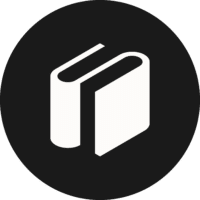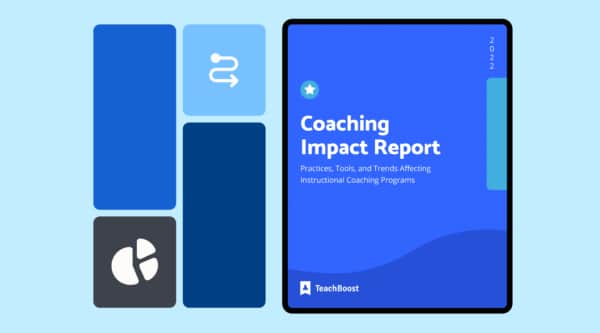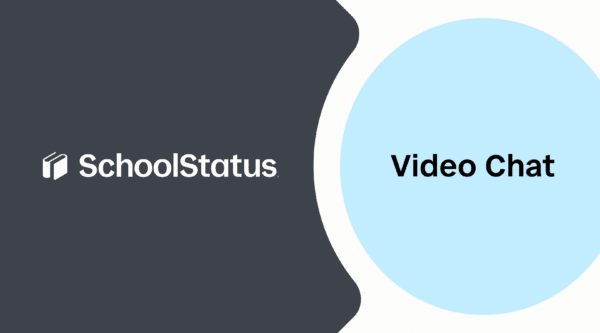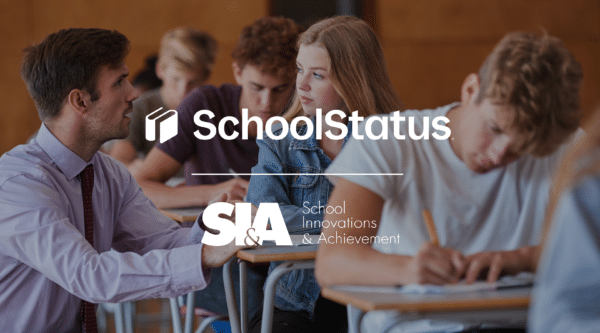
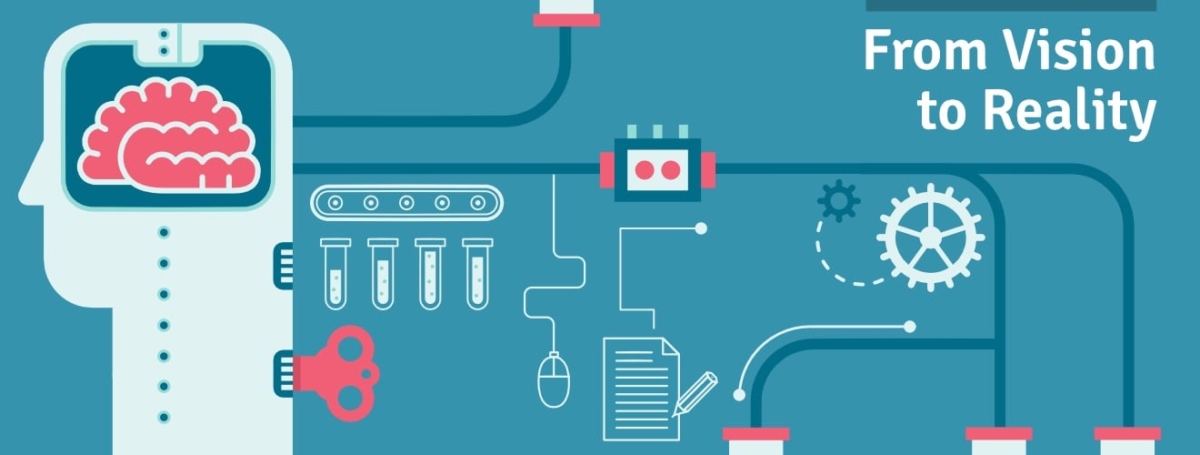
This post is part of TeachBoost’s series, “From Vision to Reality: Pulling the Right Levers for Transformational Instructional Leadership.” Check out all the posts in our series, then subscribe to our blog to have posts delivered to your inbox as we publish new pieces.
{{cta(‘417de94b-2f71-4123-a807-1f4438f581c5′,’justifycenter’)}}
Chapter 3: Leveraging Technology
So far, you’ve laid the groundwork for transformational instructional leadership, “done the work“, and are now ready to streamline your processes by leveraging technology.
Technology is often viewed as a “quick fix” to a current struggle, or a means of adding an additional responsibility within the school/district. However, when used efficiently, technology can be a powerful tool to improve current processes and streamline educational practices. Over the course of chapter 3, we will be covering six beneficial processes technology can enhance around:
- Focusing on a common vision
- Streamlining your processes
- Norming feedback
- Facilitating staff collaboration
- Use data to develop teachers and leaders
- Personalizing professional development
Centralize the Work Around a Common Vision.
Once you have articulated your vision and taken measures to build a culture around instructional leadership, your next focus will be on how you can support your leaders in implementing your Theory of Action. In this regard, the integration of technology into your existing structures and processes can empower all levels of your organization to effect meaningful change.
“The #1 potential I see in technology is that it reinforces our common vision of what good teaching looks like,” says Kate Sugarman, manager of Oakland Unified School District’s Teacher Growth and Development System. “Through technology, leaders and teachers know, understand, and can be accountable for enacting that vision.”
To this end, technology platforms such as TeachBoost can act as a support mechanism by helping to provide a clarity of purpose through:
- a visible common framework allowing for standardization of language and trust in consistent, reliable feedback
- a uniformity in the feedback process, with clear expectations for the who, the when, and the how
- a reporting facility ensuring that data produced may be leveraged to guide both teachers and leaders in their daily practice
In short, the accessibility of a centralized location for feedback helps keep everyone on your staff rowing in the same direction.
Technology should be regarded as a living, breathing, platform whose use may be adapted and expanded with the growth of your school—in the context of facilitating instructional leadership. Ultimately, such technology should be at the heart of an ongoing dialogue amongst all levels of staff: what comprises “good teaching” and how can we achieve this?
Until that point, however, the initial integration of technology should be aligned with your established practices and seamlessly woven into your current school environment, as a supplementary tool rather than a “fix.” Vanessa Garza, former director of teacher development at Partnership for LA Schools, offers sage advice:
Be reflective and honest with yourself about your school’s culture, then you’ll better understand how to make TeachBoost work for you and with you.
Regardless if you use TeachBoost, or another technology platform, always remember that technology is an enabler for support and not the “fix” current problem.
Follow-up Activity!
As you are designing your new systems, take the time to consider your vision and the integration of technology into your school environment; specifically how can technology assist your leaders in achieving their objectives? Your answer to this question is key to crafting an instructional leadership programme that is positively transformational.
Stay Connected
News, articles, and tips for meeting your district's goals - delivered to your inbox.




